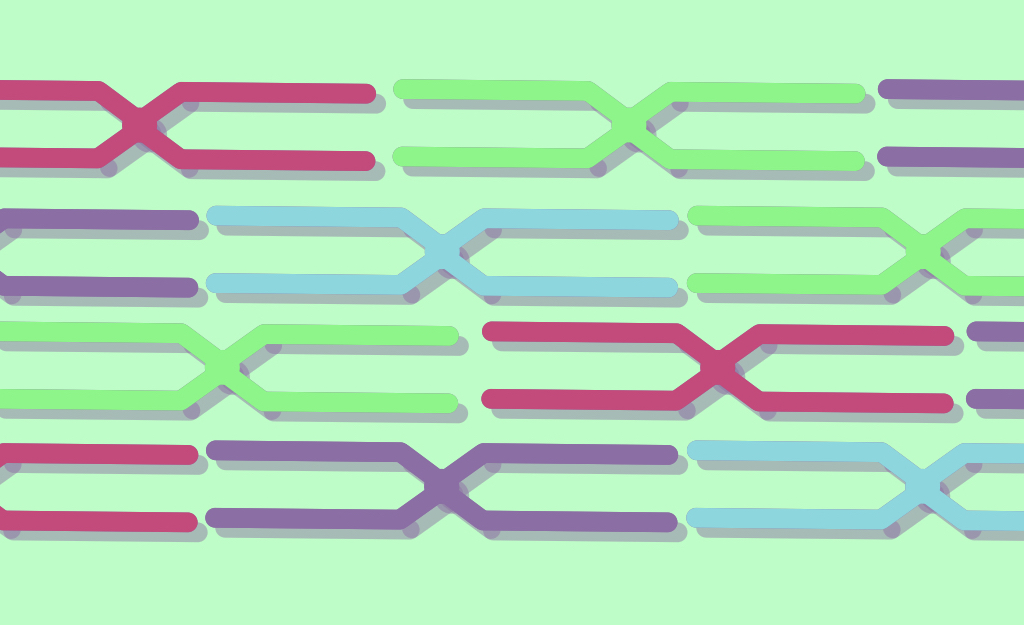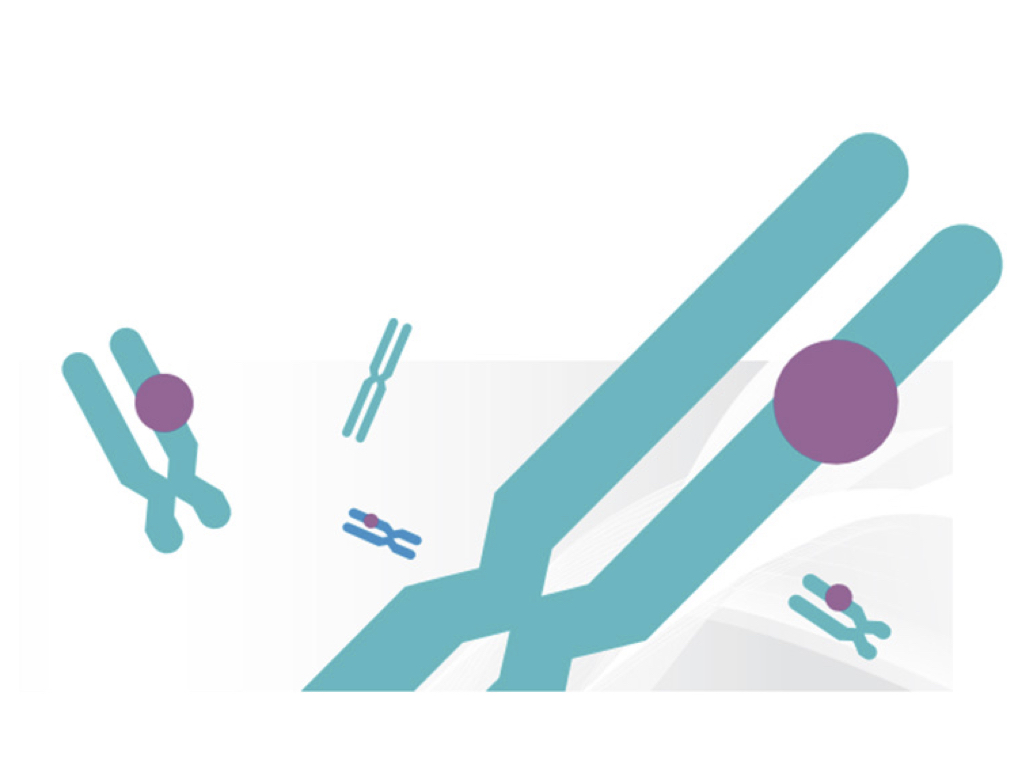“Mitogens are lectins or other peptides that bind to the cell surface and induce mitotic activity and cell division.“
By using the MAPK- mitotic activated protein kinase, a signal transduction pathway induced by mitogens leads to mitosis. The mitogens are potent endogenous or exogenous agents facilitating cell division by increasing mitotic activity.
But what is the role of mitogens in karyotyping? Well, that exactly what we are discussing in the present article. Also, we will discuss one of the most commonly used karyotyping mitotic agents- phytohemagglutinin and its function.
Before going into the article further, let’s quickly understand what mitogens are!
What are mitogens?
Mitogens are proven agents that facilitate mitotic activity in order to get metaphase chromosomes during karyotyping.
Some protein, small peptides and amino acids are strong mitotic agents that activate the cell division pathway by interacting with the cell surface receptors.
Based on their source, mitogens can be categorized into endogenous or exogenous mitogens.
The endogenous mitogens are naturally occurring in a system or organism that helps to regulate the cell division. In SOS condition or we can say during damage, it activates and increases the mitotic activity several-fold than natural one to repair the damage.
Human growth factors also work directly as mitogens to induce muscle development. Some of the endogenous mitotic agents are EGF- epidermal growth factors and PDGF- platelet-derived growth factor.
Exogenous mitotic agents are those we are using during in vitro experiments or artificial mitogens, used for experiments purpose, although, the objective is the same- to induce cell division. PHA- P and other lectins are used as mitotic agents in immunological and cytogenetic experiments.
Note: overexpression or abnormal activity of mitotic agents causes cancer. Still, the effect of cancer is independent of mitogens.
What is phytohemagglutinin- PHA?
A type of mitotic inducer, the PHA- phytohemagglutinin is a form of lectin (amino acid), extracted from red kidney beans. It is a plant lectin also found in white kidney beans, green beans and other beans.
The PHA is made up of the two protein units one is PHA-L and PHA-E. The PHA (phytohemagglutinin) was discovered and studied by Peter Nowell in 1960. PHA-P, PHA-M, pokeweed mitogen(PWM), Concanavalin A(Con-A), Wheat germ Agglutinin (WGA), lipopolysaccharide and Soybean agglutinin are some of the common PHA used in karyotyping protocol.
All the Phytohemagglutinin are used to induce cell division. Although, PHA- P and PHA-M are commonly used in karyotyping.
Interestingly, the Pokeweed mitogen induces cell division of B cells while the Concanavalin A induces cell division of T cells.
The PHA-P is one of the most commonly used lectins in karyotyping. It is isolated from the Phaseolus vulgaris (red kidney beans) thus the name is given. The PHA-P is tetrameric in structure with two key glycoproteins PHA-L and PHA-E.
The PHA-E has low mitotic activity in comparison to PHA-L. However, it’s erythroagglutination activity is much higher.
The concanavalin A is isolated from Canavalia ensiformis (jack bean). It is widely used in T-lymphocyte mitotic activity. The activity of some mitogens are explained in the table below.
| Mitogen | Activity on B lymphocytes | Activity of T lymphocytes | Utility in karyotyping |
| PHA-P | Yes | No | Strong |
| Pokeweed mitogen | Yes | Yes | Moderate |
| Concanavalin A | Yes | No | Sometime |
| Lipopolysaccharides | no | Yes | Not recommended |
Interesting information:
Besides triggering cell division, lectin also has some toxic effects on us. It can agglutinate almost all red blood cells thus if we consume raw or improperly cooked red kidney beans, it can harm us. Always eat thoroughly cooked beans.
Related article: XXXXY karyotyping- The rarest case of aneuploidy.
Role of Phytohemagglutinin in karyotyping:
Cell culture, metaphase preparation, cell harvesting, chromosome preparation and karyotype analysis are five steps of karyotyping.
In order to obtain good quality chromosomes, cells must be arrested in metaphase.
The Phytohemagglutinin is a type of mitogen that helps lymphocytes to grow. It triggers mitotic activity and facilitates rapid cell division. However, to stop it’s activity mitotic inhibitors are also added at the end of the cell culture.
The purpose of rapid mitotic activity is to get the maximum number of metaphase chromosomes.
But why do we need metaphase chromosomes? Remember DNA packaging?
Chromosomes are made up of protein and DNA and are the most condensed form of DNA.The metaphase chromosomes are well organized and separated and thus facilitate proper analysis.
Notably, to analyze sister chromatid exchange, interphase chromosomes are preferred more. The interphase chromosomes are less condensed and relaxed than the metaphase chromosomes and hence looks longer than metaphase one.
The exchange of genetic material between chromatids can be encountered properly in longer chromosomes.
But for routine karyotyping analysis metaphase chromosomes are the first choice.
We are growing cells for 72 hours but if we can’t stop the activity of mitogens it continues acting until its quantity is exhausted. So we need to stop its activity before haversting.
Mitotic inhibitor is added to stop the cell division at the 70th hour of cell culture. We will discuss mitotic inhibitors in an upcoming article.
In the present time, many different types of mitotic agents and media types are available already having mitotic agents in it.
PHA-P are usually incorporated into the ready to use complete media, however, I prefer to use culture media without the PHA-P, I usually use an external lectin so that I can control the activity. I use two different concentrations of lectin, one to get higher metaphase cells and another to get moderate metaphase cells.
Generally, the lectin or PHA-P given in the complete media has less activity in comparison with the external one. But concentration plays an important role.
If you want my recipe to use lectin and media composition, stay connected with this blog, we will publish our book soon.
Related article: A karyotype of Down syndrome.
Conclusion:
Karyotyping involves lengthy and time-consuming steps and needs higher expertise. Still, it is an unmatched technique for chromosome analysis. The wise use of mitogen like PHA-P can make your day in a lab, if not used properly, your two days hard work will vanish otherwise.
I strongly recommend using the manufacturer’s SOP or experts protocol for karyotyping.


